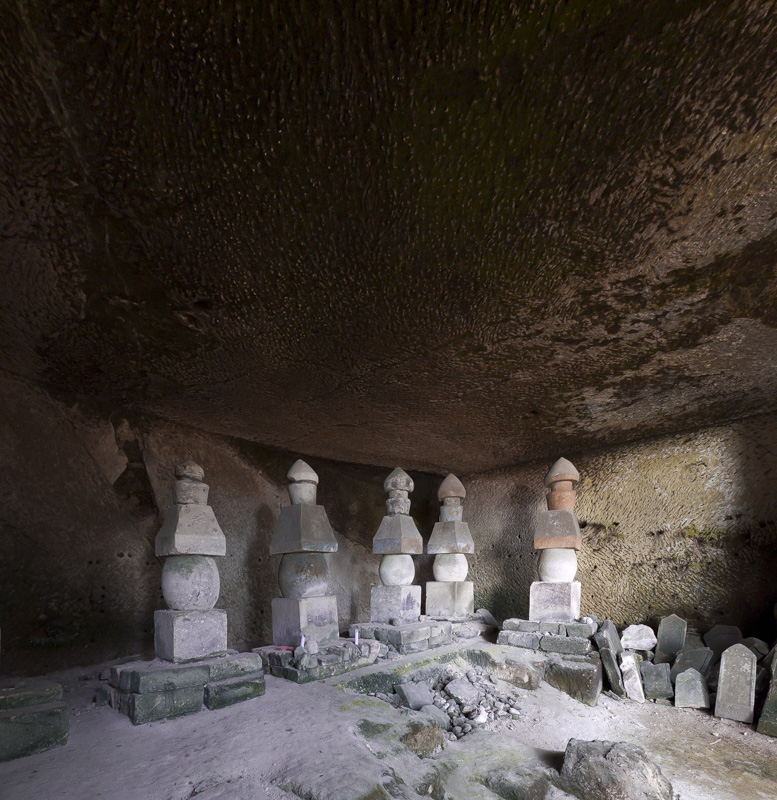Every Picture Is a Compromise
Lessons from the Also-rans
Most photography websites show the photographer's very best work. Wonderful. But that's not the full story of a creative life. If we want to learn, we'd better pay attention to the images that aren't "greatest hits" and see what lessons they have to offer. Every picture is a compromise — the sum of its parts, optical, technical, visual, emotional, and even cosmic – well, maybe not cosmic, but sometimes spiritual. Success on all fronts is rare. It's ok to learn from those that are not our best.
This is a series about my also-rans, some of which I've been able to improve at bit (i.e., "best effort"), none of which I would consider my best. With each there are lessons worth sharing, so I will.
Original digital captureWhat I saw that I liked:Ancient headstone markers in a cave in Japan. What I don't like in the picture:Looking at the above, there is zero sense of being in a cave. What I learned:I chose a landscape orientation for this image (above) because it seemed the natural frame for this line of stones. In retrospect (and fortunately in the image at left), I realized it was the cave ceiling that was missing from my first attempt. The detail of this story is worth relating, too. The image at left is actually a landscape composition shot with an ultra-wide lens. I used the Transform function in Lightroom to rectify the edges which, of course, distorts the original out of necessity. By the time I cropped in to eliminate the missing post-transform corners, I'm left with a square image. All of that could have been avoided if I had made an exposure with the ultra-wide in portrait orientation. That admitted, I'm pretty happy with this one. 2nd Chances: What I might try nextWhat if I were to merge the ceiling from this one to the original exposure above? Might work! |


